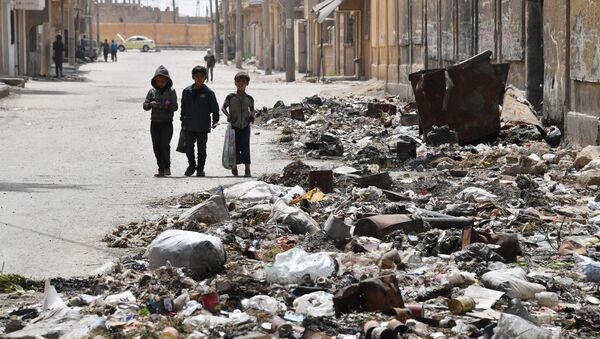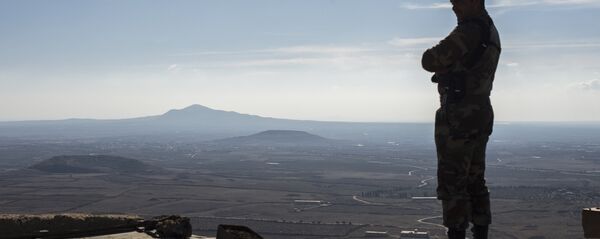MOSCOW (Sputnik) — He acknowledged at a briefing in Geneva "enormous changes" in the Syrian battlefield, including new frontlines and local agreements over the past four months.
"In some respects, more has happened the first four months of this year than in the previous four years," Egeland said. "This has also led to us revising now more frequently the numbers of people living in hard-to-reach areas. They have gone from roughly 5 million to now 4.5 million people."
The number of people in besieged areas was down 20,000 people to 625,000 people, he added, estimating that 80 percent of residents across 13 areas are besieged by government forces.
"There is still 95,000 people in Deir ez-Zor besieged by Islamic State [Daesh]. There is now down to 12,000 people in Foua and Kefraya that is besieged by armed opposition groups. And then it is the poor people of Yarmouk besieged twice… 8,000-10,000 there," he said.
The civil war in Syria has been lasting for around six years with government troops fighting against numerous opposition factions and terror organizations such as al-Nusra Front and Daesh, outlawed in Russia.
The nationwide Syrian ceasefire regime was introduced on December 30, 2016. Terrorist organizations are not part of the ceasefire.



